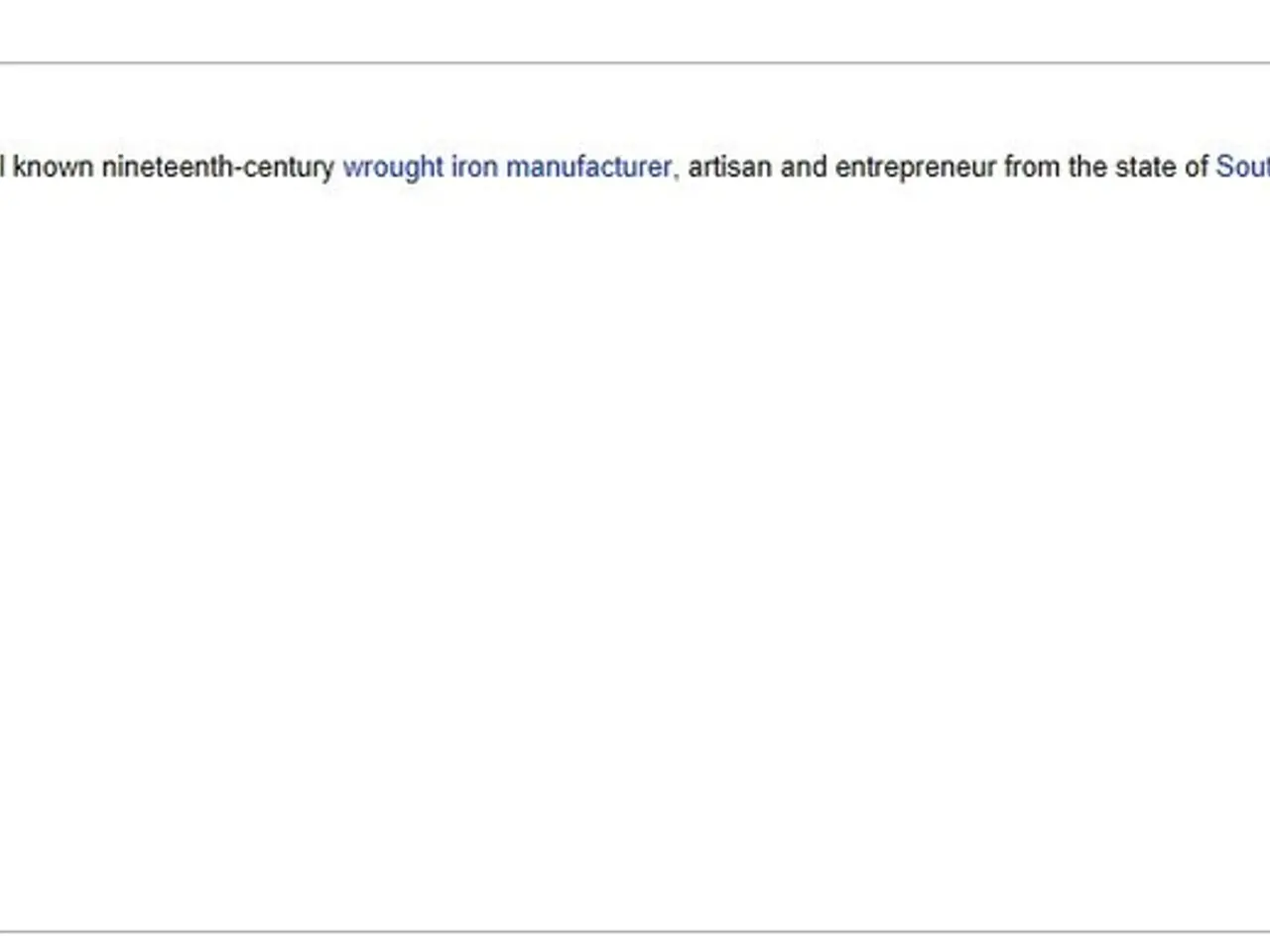Stagnant employment rates contribute to a marginal rise in unemployment levels
Germany Experiences Slight Decrease in Employment and Rise in Unemployment
New employment data from the Federal Statistical Office (Destatis) reveals a cautious hiring environment in Germany, with a decrease in the number of employed persons in June 2025 compared to the previous month.
Not seasonally adjusted, the number of employed persons dropped by 4,000 in June 2025 compared to May 2025. This decrease is linked to signs of economic weakness and reluctance by companies to hire, despite historically low unemployment rates.
In comparison to June 2024, Germany's labor market seems to reflect some weakening. The unemployment rate held steady at 6.3% in June 2025, which is the highest since September 2020, and the number of unemployed increased compared to the previous year. Furthermore, job openings fell by 69,000 compared to a year earlier, suggesting reduced hiring demand.
This contrasts with the broader euro area, where unemployment rates decreased compared to June 2024.
In June 2025, the number of unemployed persons was 1.58 million, an increase of 76,000 or 5.1% compared to June 2024. The adjusted unemployment rate remained unchanged at 3.7% compared to May 2025.
On a seasonally and irregularly adjusted basis, the number of unemployed persons in June 2025 was 1.61 million, a slight decrease of 3,000 persons or 0.2% compared to the previous month.
Despite a decrease in employment compared to May 2025, the employment statistics did not show an increase in employment in June 2025 compared to May 2025. In contrast, there was an increase in employment in June compared to May in the average of the years 2022 to 2024, amounting to 41,000 persons.
The average number of employed persons in Germany for Q2 2025 was approximately 46.0 million, a decrease of 7,000 persons compared to the previous quarter on a seasonally adjusted basis. The unemployment rate in June 2025 was 3.6%, an increase of 0.2 percentage points compared to the previous year (June 2024: 3.4%).
These statistics paint a picture of a cautious hiring environment in Germany, with companies showing reluctance to hire amid weaker economic conditions, rising unemployment, and falling job vacancies. As the labor market conditions continue to evolve, it will be interesting to see how these trends develop in the coming months.
- The economic weakness and reluctance by companies to hire in Germany extends to various sectors, including policy-and-legislation and general-news discussions.
- The decrease in employment and rise in unemployment could impact the economics of car-accidents, influencing insurance premiums and claims.
- In the realm of politics, political analysts are closely watching the employment trends, as they could affect voter sentiment during elections.
- The sports world is not immune to the economic challenges, with teams and leagues like baseball, basketball, soccer, hockey, golf, tennis, auto-racing, and mixed-martial-arts potentially facing budget constraints due to the hiring slowdown.
- The European leagues, such as premier-league, NBA, and grand-prix racing, may need to adapt their strategies to cope with the unfavorable economic environment.
- The employment situation could influence sports-betting markets, as punters might have to reconsider their predictions based on the impact of the hiring slowdown on team performances.
- The weather forecasting industry might also experience changes due to the effects of the economic downturn, potentially leading to fewer jobs in this sector.
- In the world of sports analysis, experts will have to take the employment situation into account when making predictions and recommendations.
- The cautious hiring environment might produce ripple effects that reach beyond Germany, potentially impacting global industries like WNBA and the NCAA basketball.
- As the unemployment rate increases, initiatives aimed at crime-and-justice, such as rehabilitation programs and job training, might become even more crucial in helping the affected individuals reenter the workforce.
- With more people facing unemployment, the government may need to consider implementing new policies to address the challenges, such as expanding unemployment benefits or job placement services.
- The current employment situation in Germany serves as a reminder of the intricate relationships between various aspects of society, including sports, politics, and general-news events.
- The cautious hiring environment could have a ripple effect even on niche industries like horse-racing, which relies heavily on the recovery of the broader economy.
- In this economic climate, it is crucial for businesses to adapt their strategies, focusing on efficiency and cost control to weather the storm.
- The overall economic outlook will remain volatile as the employment situation continues to evolve, and it is essential for policymakers and industry leaders to stay informed and adapt their strategies accordingly.








